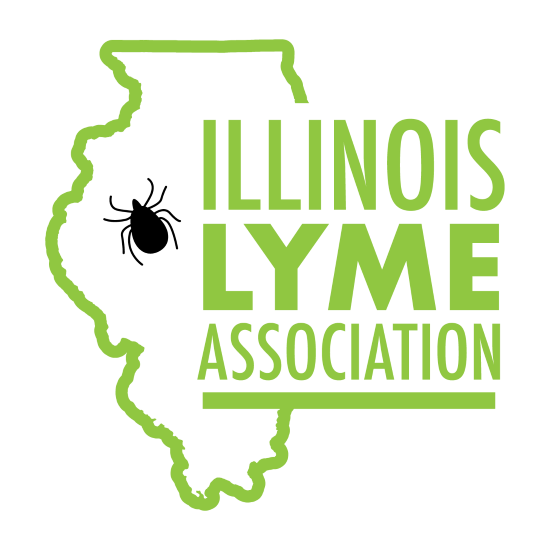Evidence Assessments and Guideline Recommendations in Lyme Disease: The Clinical Management of Known Tick Bites, Erythema Migrans Rashes and Persistent Disease
Source: https://www.ilads.org/patient-care/ilads-treatment-guidelines/
Daniel J. Cameron, MD MPH; Lorraine B. Johnson, JD; Elizabeth L. Maloney, MD
The 2014 ILADS Treatment Guidelines address three clinical questions – the usefulness of antibiotic prophylaxis for known tick bites, the effectiveness of erythema migrans treatment, and the role of antibiotic re-treatment in patients with persistent manifestations of Lyme disease.
Evidence Assessment
Grading of Recommendations Assessment, Development and Evaluation-based (GRADE) analyses found the evidence regarding these scenarios was of very low quality due to limitations in trial designs, imprecise findings, outcome inconsistencies and non-generalizability of trial findings. Additionally, reported outcomes were artificially high in some cases while in others significant treatment successes were minimized.
It is impossible to state a meaningful success rate for the prevention of Lyme disease by a single 200 mg dose of doxycycline because this regimen is based on a single human trial that utilized an inadequate observation period and an unvalidated surrogate end point. In animal studies, the efficacy of single dose doxycycline was <50%.
Success rates for treatment of an EM rash were unacceptably low, ranging from 52.2 to 84.4% for regimens that used 20 or fewer days of azithromycin, cefuroxime, doxycycline or amoxicillin/phenoxymethylpenicillin (rates were based on patient-centered outcome definitions and conservative longitudinal data methodology).
In a well-designed trial of antibiotic retreatment in patients with severe fatigue, 64% in the treatment arm obtained a clinically significant and sustained benefit from additional antibiotic therapy.
Treatment Guidelines
The optimal treatment regimen for the management of known tick bites, EM rashes and persistent disease has not yet been determined. Accordingly, it is too early to standardize restrictive protocols. However, ILADS does make recommendations for each of these clinical situations
ILADS recommends against the use of a single 200 mg dose of doxycycline for the prevention of Lyme disease. Not only is it unlikely to be highly efficacious, in the human trial failed therapy led to a seronegative disease state.
Based on animal studies, ILADS recommends that known blacklegged tick bites be treated with 20 days of doxycycline (barring any contraindications).
Given the low success rates in trials treating EM rashes for 20 or fewer days, ILADS recommends that patients receive 4-6 weeks of doxycycline, amoxicillin or cefuroxime. A minimum of 21 days of azithromycin is also acceptable, especially in Europe. All patients should be reassessed at the end of their initial therapy and, when necessary, antibiotic therapy should be extended.
ILADS recommends that patients with persistent symptoms and signs of Lyme disease be evaluated for other potential causes before instituting additional antibiotic therapy.
ILADS recommends antibiotic retreatment when a chronic Lyme infection is judged to be a possible cause of the ongoing manifestations and the patient has an impaired quality of life.
Clinical Judgment and Shared Decision-Making
Given the number of clinical variables that must be managed and the heterogeneity within the patient population, clinical judgment is crucial to the provision of patient-centered care.
Based on the GRADE model, ILADS recommends that patient goals and values regarding treatment options be identified and strongly considered during a shared decision-making process.
Reconciling Divergent Guidelines
Conflicting guidelines most often result when evidence is weak; when developers differ in their underlying values, approach to evidence reviews, synthesis or interpretation; and/or when developers have varying assumptions about intervention benefits and harms.
The differences by clinical situation between the ILADS and IDSA treatment recommendations are reconciled in Supplementary Appendix I.
Download ILADS’ 2014 Evidence-Based Treatment Guidelines
Additional Learning Opportunities for Medical Providers
ILADS Lyme Disease Fundamentals Course is a full-day seminar that provides an in-depth examination of the basic science, trial and clinical experience evidence pertaining to the diagnosis and treatment of patients infected with Lyme and other tick-borne diseases. This course is a prerequisite to participating in the ILADS Physician Training Program.
Our sister organization, the International Lyme and Associated Diseases Education Foundation (ILADEF) offers a unique training program to foster excellence in care for Lyme disease patients. The mentorship program, lasting one to two weeks, places physician participants in the offices of ILADS experts where they learn how to evaluate and treat patients for Lyme and other tick-borne diseases. The program is available to clinicians holding either an MD, DO, ND or PA degree and who have completed and successfully passed the Lyme Disease Fundamentals course.
